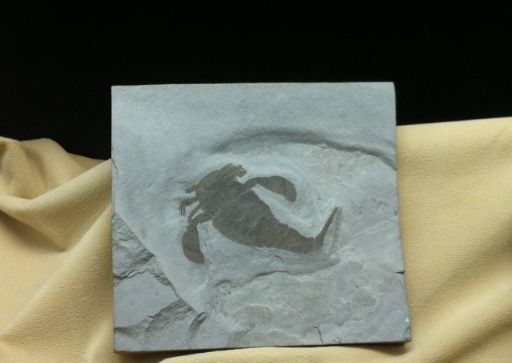Once again, last month’s challenge brought in a few good guesses and several participants guessed the correct answer. However, Dragan Glas was the first to give the correct answer.
It’s likely to be one of the following three:
a) M. Comlumbi – most common in NM;
b) M, Meridionalis;
c) M. Imperator.
Since I don’t know how to tell the difference between them, I’ll go with the numbers – M. Columbi.
This is indeed Mammuthus columbi (Columbian mammoth). I also want to say that I loved seeing the deductive reasoning that brought Dragan Glas to this answer.

(Taken at The New Mexico Museum of Natural History and Science)
The Columbian mammoth roamed across the southern half of North America during the Pleistocene (2,588,000 to 11,700 years ago), also known as the Ice Age. The northern and southern boundary of their range would have changed with the movement of the ice sheets, but their fossils have been found in southern Canada thru Nicaragua. The Columbian mammoth inhabited the grasslands of North America and was an herbivore.
The Columbian mammoth was larger then its more famous cousin to the north, the woolly mammoth (M. primigenius). The Columbian mammoth could reach a height of 4 meters and weighed in at 9 tons. The males had tusks that could reach a length of over 4 meters. This makes the Columbian mammoth the largest animal to have inhabited North America since the Mesozoic and one of the largest land mammals to ever walk the earth. It is believed that the Columbian mammoth would have little body hair, much like modern elephants, because it inhabited warmer areas of North America during the Pleistocene and had such a large body size.
Moving on to this month’s challenge.

(Taken at The Dinosaur Museum and Natural Science Laboratory)
Good luck to all those that read this.
10 thoughts on “Know Your Bones: September 2014”